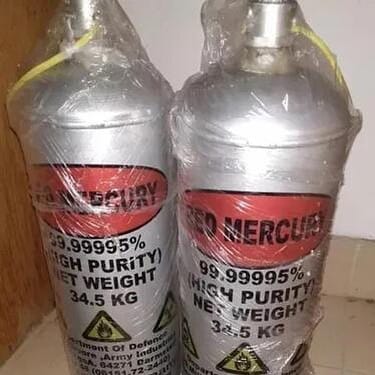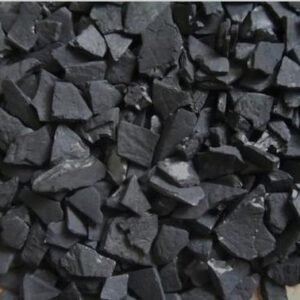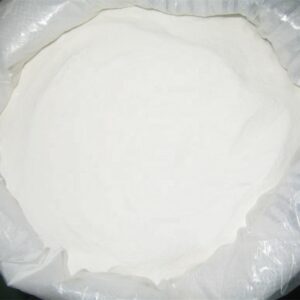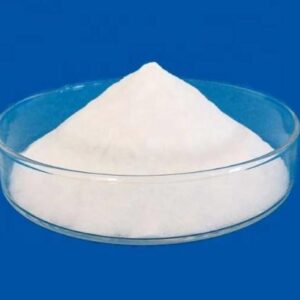Description
Specifications
| Parameter | Details |
|---|---|
| Product Name | Red Liquid Mercury |
| Form | Liquid |
| Color | Deep red to reddish-brown |
| Purity (claimed) | 99.99% (as per seller specification) |
| Weight | 10 grams |
| Packaging | Sealed glass or metal vial |
| Density | Approx. 13.5–14 g/cm³ (varies) |
| Boiling Point | ~357°C (subject to composition) |
| Electrical Conductivity | High (if genuine mercury content) |
| CAS Number | Not officially recognized (varies by claim) |
| Storage Conditions | Cool, dry, and secure area away from sunlight and oxidizers |
Alleged Properties and Uses
⚗️ 1. Research and Demonstration
Red liquid mercury is often used in demonstrations and chemical education due to its unusual appearance and density. Its unique color and physical properties help highlight discussions about element reactivity, phase changes, and metalloid chemistry.
🔬 2. Industrial Claims
Some sources claim red mercury is used in advanced metallurgy, semiconductor production, or even nuclear-related technologies due to its theorized role in energy transfer or plasma generation. However, these uses remain speculative and largely unverified in scientific literature.
💡 3. Collectible and Mythical Value
Due to its elusive nature and the surrounding intrigue, red mercury is also sought by collectors of rare elements or chemical curiosities. Some historical sources reference red mercury in ancient alchemy or Cold War-era applications, adding to its mystique.
Handling and Safety
Due to its potential toxicity, red liquid mercury must be handled with extreme care. It should never come into contact with bare skin, inhaled, or ingested. Proper personal protective equipment (PPE) — gloves, goggles, and masks — is essential. It should be stored in leak-proof, corrosion-resistant containers and kept away from strong acids and heat sources.
⚠️ Note: There is no scientific consensus confirming the authenticity of red mercury as a distinct chemical compound from elemental mercury. Buyers must exercise caution and ensure compliance with local laws and regulations before handling or purchasing.
Conclusion
Red Liquid Mercury (10g) continues to captivate attention due to its rarity, visual appeal, and speculative properties. Whether viewed as a collectible, a chemical curiosity, or a subject of industrial intrigue, it remains a topic of interest for researchers, educators, and enthusiasts. Given its handling risks and lack of confirmed industrial applications, any use of red mercury should be approached with responsibility, caution, and awareness of its controversial background.





